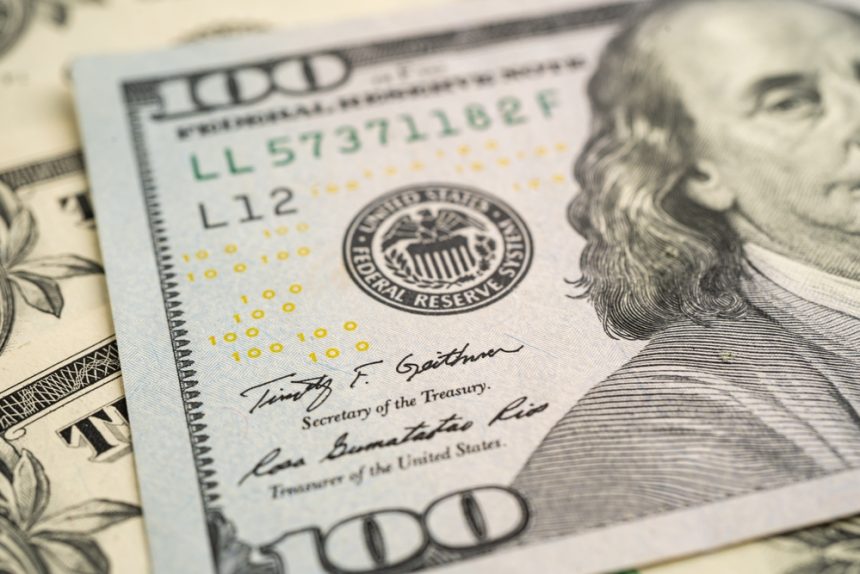Two-day losing streak for greenback
The U.S. dollar fell for a second consecutive session on Wednesday as investors positioned for a September Federal Reserve rate cut. The dollar index slipped 0.2% to 97.81, its weakest level since late July, extending the prior day’s decline. Traders cited softer July inflation data and mounting political pressure as key drivers behind the move.
Policy pressure builds in Washington
Calls for looser policy intensified. Treasury Secretary Scott Bessent argued for “a series of rate cuts,” while suggesting the Fed start with a half-point reduction. President Donald Trump renewed his criticism of Fed Chair Jerome Powell, accusing him of acting too slowly, and even floated potential legal action tied to the central bank’s building renovations. Analysts warned that the unusually direct pressure risked undermining the Fed’s independence.
Currency markets respond
The euro advanced 0.3% to $1.1705, reaching a three-week high, while sterling added 0.5% to $1.3572 after mixed U.K. labor data. The British jobs market showed further weakening, but solid wage growth kept the Bank of England cautious on easing. In the Asia-Pacific, the Australian dollar climbed to $0.6550 and the New Zealand dollar gained to $0.5982, both supported by rate-cut expectations following policy shifts from the Reserve Bank of Australia.
Fed outlook in focus
Market pricing implies a 98% chance of a rate cut at the Fed’s September meeting, according to LSEG data. Economists note that while U.S. inflation remains subdued, political interventions could complicate policy decisions. Shaun Osborne of Scotiabank described the backdrop as “significant political pressure,” while Commerzbank’s Michael Pfister cautioned that the situation increasingly mirrors conditions in countries where central bank autonomy is routinely challenged.






